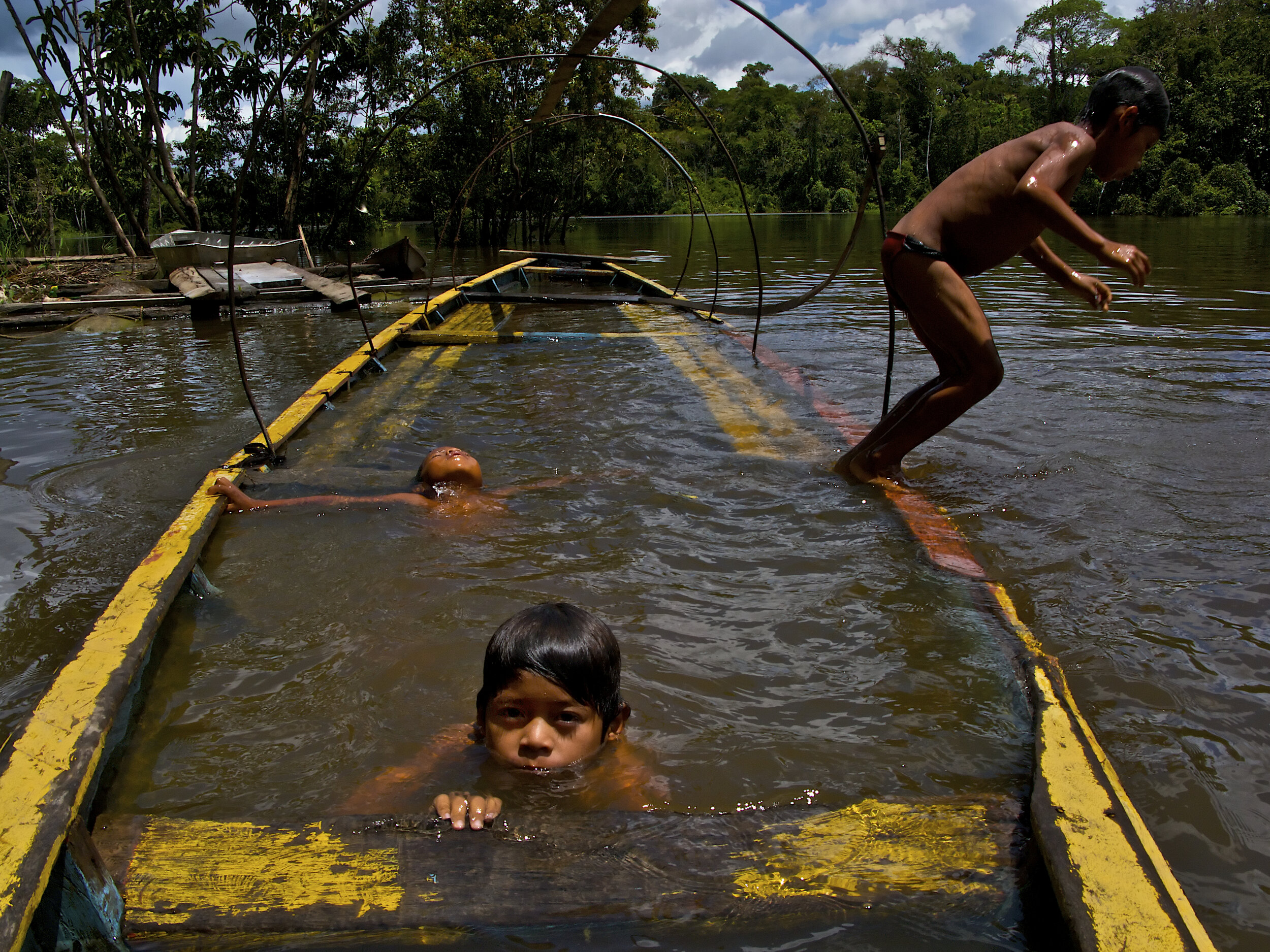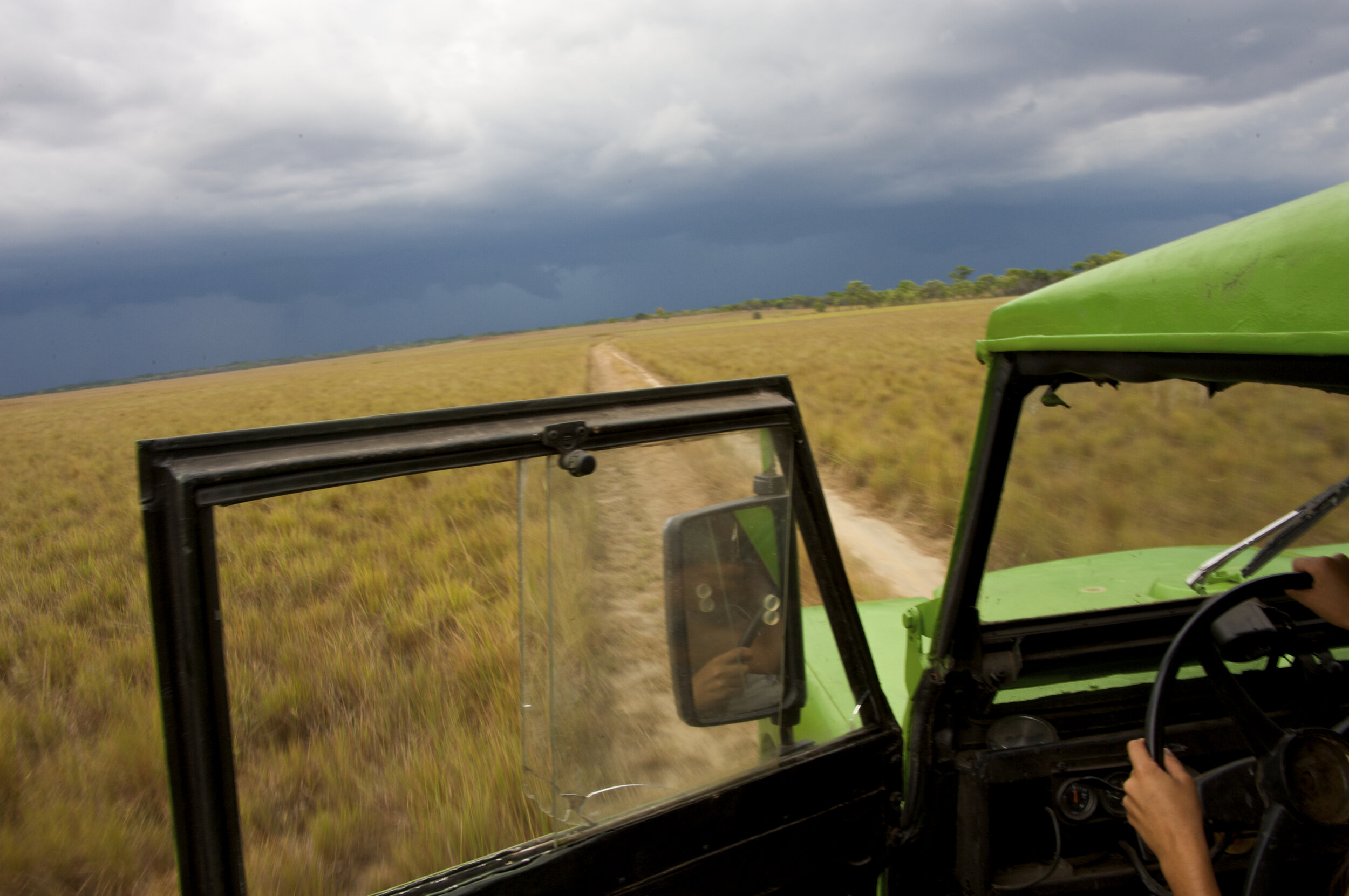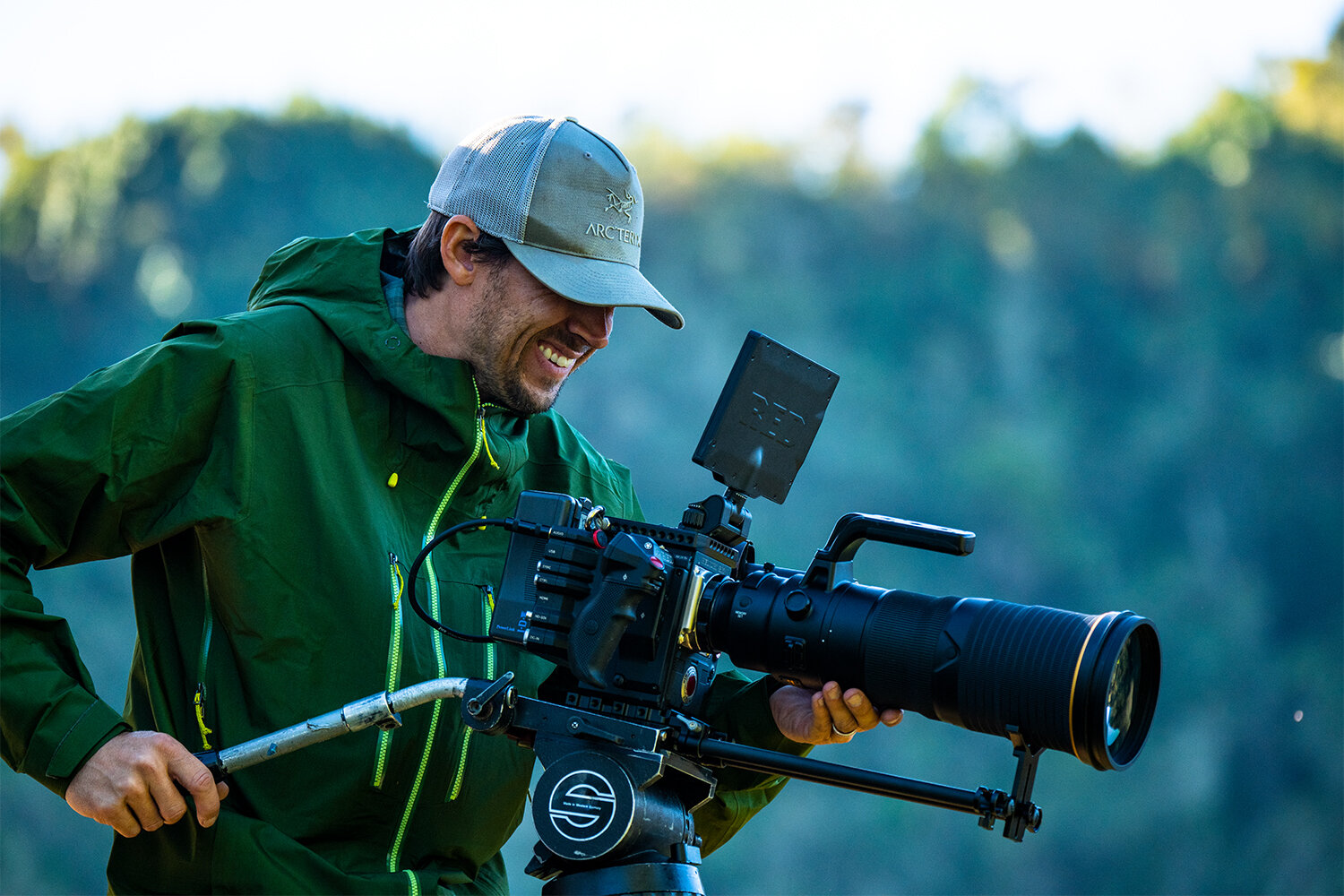The 5 Best Natural History Filming Locations in Colombia
With huge swaths of Colombia becoming more accessible as a result of 2016's historic peace treaty, many fresh and exotic film locations are now in play that were previously off limits.
Learn more about filming locations in Colombia.
#5. Mitú - Film Production Services Deep in the Colombian Amazon
To the southeast of the country lies the vast Amazonas Department. The Colombian Amazon is largely unexplored, with many towns and settlements only accessible by river boat or plane.
Sandra Eichmann from WhereNext produced a documentary film for ProColombia in Mitú. “We chose Mitú because of the huge diversity of birds and stunning landscapes you can find there,” she says. “It’s still an untouched Amazon location where you can discover new things each and every day.”
Within these swaths of unspoiled land live communities of indigenous people who exist in harmony with nature. In the area surrounding Mitú, Vaupés, many of these communities are openly welcoming outsiders as they push to create an economy of ecotourism.
“These indigenous communities are well-organised, receptive, and keen on working together with like-minded outsiders to promote the region in a sustainable way,” explains Gregg Bleakney, Founder and Creative Director of WhereNext.
Home to a vast diversity of wildlife on land, sea, and air, there is no shortage of sightworthy species and stunning biodiversity in this once inaccessible region of the Colombian Amazon.
The Vaupés RIver, Mitú. Photo: Julian Manrique / WhereNext
International League of Conservation Photographers Fellow Morgan Heim in Mitú with WhereNext. Photo: Julian Manrique / WhereNext
#4. Tatamá National Park - Nature and Wildlife Documentary Filmmaking in Colombia's Western Andes
Of the three Andean mountain ranges in Colombia, perhaps the Western range strikes the strongest chord in terms of natural history. Steep mountains meld seamlessly with jungle lowlands next to the Pacific ocean, creating unique habitats impossible to find anywhere else in the world. Numerous watersheds peppered with majestic waterfalls run in and out of the range, emptying into the Pacific ocean and Caribbean sea. Lying almost equidistant from the three major cities of Colombia (Bogotá, Medellín, and Cali) lies one of the more unvisited nature areas of the country: Tatamá National Park. Accessible via road yet remote, the park is home to several endemic and endangered species with a rainforest backdrop.
“Tatamá National Park is one of the most biodiverse places in the world, particularly for its bird, butterfly and orchid species,” says Gregg. “So for wildlife filmmakers, they are getting a huge variety of critters to tell stories about in a super accessible region.”
The amazing diversity isn’t limited to what exists above ground. Below the range is the Cauca–Patíaintermontane depression, marking the divide between continental and oceanic plates.
Follow this link to learn how WhereNext can help produce your natural history filming projects in Colombia
Tatamá National Park. Photo: Julian Manrique / WhereNext
The Brown inca in Tatamá National Park. Photo: Morgan Heim / WhereNext
Gold-ringed tanager endemic to Colombia. Photo: Morgan Heim / WhereNext
3. The Sierra Nevada de Santa Marta - Exotic Film Location Above Colombia's Caribbean
From sea level to 18,700 feet, the Caribbean coastal region of Colombia has one of the starkest natural dichotomies on Earth. Can’t decide what type of climate you’re feeling for the next big project? With snow-capped mountains bordering desert, high altitude moorlands, forest and sea, it’s downright ridiculous how much variety this incredible coastal region contains. The Sierra Nevada de Santa Marta mountain region provides a high amount of ecological diversity in its own right. Mountains rise out of the ground in stark contrast to the lowlands surrounding the range. The world’s highest coastal mountain is located here (Pico Cristóbal Colón 18,700 ft), and 36 rivers originate in the massif. In fact, says Gregg, “the Santa Marta Mountain was named the world’s most irreplaceable places for threatened species by the International Union for Conservation of Nature.”
The Northern Colombia Birding Trail surrounds the Sierra Nevada de Santa Marta mountain range. The area contains tropical rainforest with canopy reaching up to 130 feet, along with various types of low and highland forest.
Endemic Santa Marta Screech Owl, filmed by WhereNext in the Sierra Nevada de Santa Marta. Photo: Keith Ladzinski / WhereNext
“Besides the amazing flora and fauna, what makes this paradise so unique is that the local indigenous tribes – the Arhuaco, Wiwa, Kogi and Kankuamo – are just opening up to working with foreigners,” shares Gregg. Further away, in the shadow of the mountain range in the dry desert of La Guajira, live the Wayú tribe.
“It’s incredible how in just one area you can find the sea, a desert, forests, snow peaks and several indigenous tribes,” notes WhereNext producer Sandra Eichmann.
Colombia’s most recently discovered endemic species of bird, the Santa Marta Screech Owl, was filmed by the WhereNext team in this region.
WhereNext filming at our favorite sunset spot in Tayrona National Park. Photo: Gregg Bleakney / WhereNext
The Sierra Nevada de Santa Marta. Photo: Keith Ladzinski / WhereNext
National Geographic photographer Keith Ladzinski filming with WhereNext in the Sierra Nevada de Santa Marta
2. Orinoquía - A Filmmaking Safari in Colombia's Vast Plains and Wetlands
The vast, open space of Orinoquía – also known as Los Llanos – makes for a special film production location in Colombia. Situated in the east of the country, this region is home to endless grassy plains and wetlands where a huge diversity of birds can be seen living together in harmony. They share these landscapes with a variety of other creatures, including capybaras, caimans, anaconda, giant anteaters and deer.
What makes this area remarkable is that the native grasslands have not been modified, so domestic and wild animals coexist well together. In fact, most of the wildlife in the basins of Orinoquía can only be found there. In one wetland, in particular, one can see every ibis species native to Colombia.
“There are several conservation efforts in operation here; focused not only on extensive livestock farming but also on travel and Eco-tourism,” comments Sandra.
Apart from safaris, mind-blowing red sunsets and starry night skies, the local llanera culture is noteworthy. “The culture in Los Llanos is very much based on music and a closeness to nature,” explains the Producer. “Everything comes together, naturally.”
Burrowing owl Orinoquía, Colombia. Photo: Morgan Heim / WhereNext
Aerial over the Orinoquía. Photo: Gregg Bleakney / WhereNext
Orinoco goose. Photo: Julian Manrique / WhereNext
#1. Nuquí - Film Production Along Colombia's Untouched Pacific Coast
Adding another tick to the “places less-touched by man in Colombia” category is the Pacific Coast. Tucked between the Pacific ocean and the western Andes, this coastal region of Colombia carries a feeling all of its own. Because of the remoteness of the Nuquí region, located in the Chocó department, the area is beautifully conserved and overflowing with raw nature: jungle plants hang gracefully over crashing ocean shores, with no shortage of wildlife behavior to be seen. The stunning diverse fauna and flora are influenced by the mixture of tropical lowland rainforest, mountain forest and mangrove forest.
With the only way to access coastal towns being by plane, the region, along with the fantastic Afro-Colombian culture that prevails here, it is still largely unexplored. “Chocó is home to escaped slaves who trekked through the jungle to establish these small communities,” explains Gregg. “And because of their relative isolation, they have managed to maintain their unique culture and traditions: it's a slice of Africa on the Pacific coast of Colombia." Fortunately, seclusion didn’t affect the locals’ openness to outsiders. “They are super receptive and treat foreigners like family,” shares the creative director.
For filmmakers, “the backdrop in these villages is incredible with multi-coloured painted houses and the jungles that actually arrive down to the sea,” reveals Gregg. “And as far as extras, the community is just so natural and beautiful there….It really is perfect for making a film.”
Filming on long stretches of empty beaches in Chocó Department, Colombia. Photo: Brian Rapsey / World Nomads
Nuqui, Colombia. Photo: Gregg Bleakney / WhereNext
Coqui Village, Colombia. Photo: Gregg Bleakney / WhereNext



























Check out our Colombia Production Company’s Guide to Colombia's spectacular National Parks. If you are considering filming a natural history production, here is what you need to know about Colombia’s spectacular wild destinations.